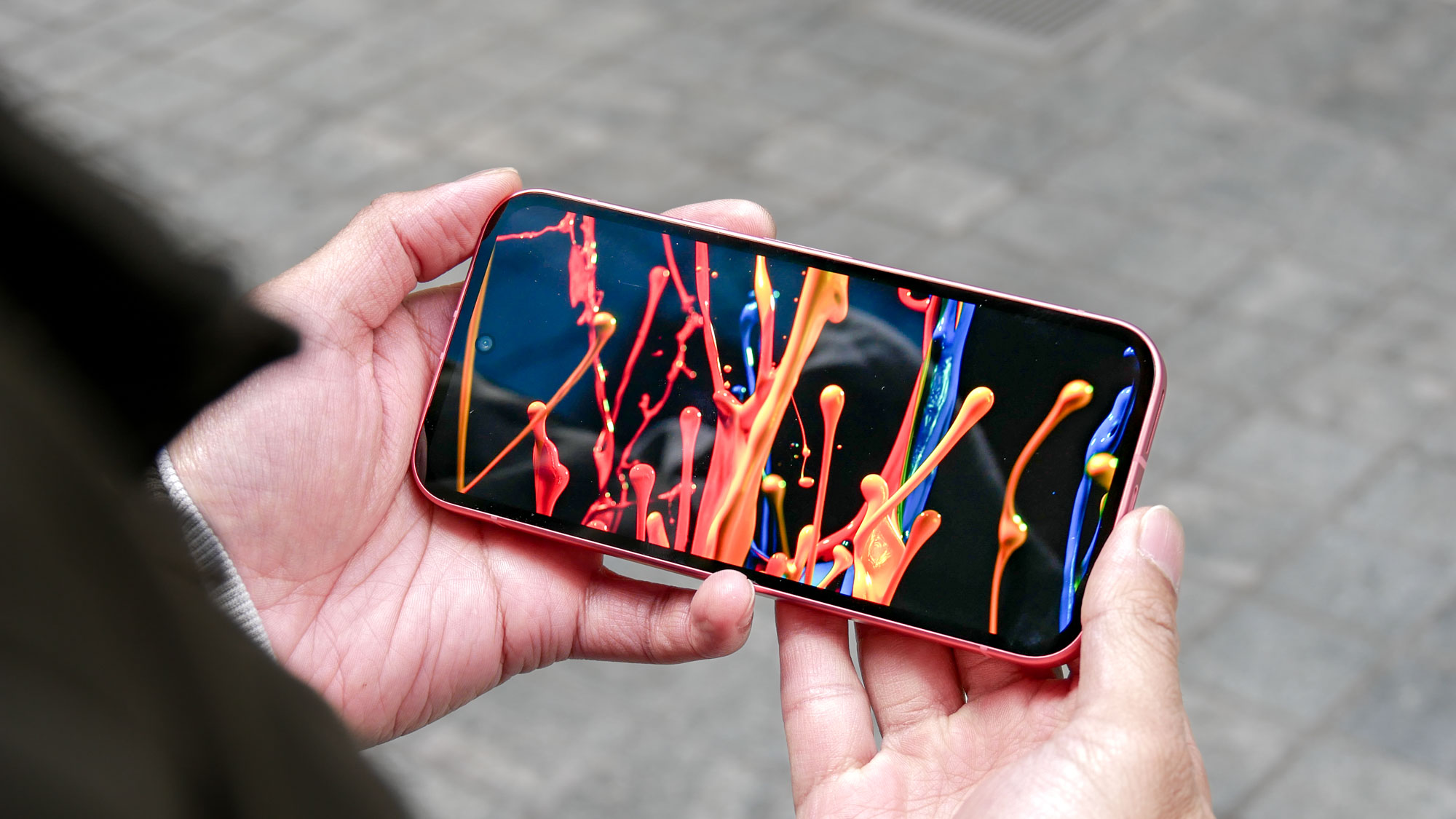Tom's Guide Verdict
With so many affordable Android phones offering premium features, the K20 Plus is a fine device that fails to impress.
Pros
- +
Impressive color accuracy
- +
Solid rear camera
- +
Decent battery life for a budget phone
Cons
- -
Lagging performance
- -
Selfie cam beauty filter
- -
No USB-C
Why you can trust Tom's Guide
Budget Android phones are a dime a dozen, but some stand out from the pack. LG’s K20 Plus is not one of those standouts.
The $169 T-Mobile- and MetroPCS-exclusive device has a solid camera and colorful display, but falls short in a few key areas, notably performance.
Design: Subtle flash
There’s nothing particularly special about the K20 Plus’ looks. The 5.3-inch HD display is surrounded by black bezels, which are extremely thick on the top and chin, despite no home button or fingerprint sensor on the bottom. (The fingerprint sensor and power button are one and the same, located on the back of the device.) Instead, LG slapped a giant logo there. There’s a logo on the slightly textured plastic back, too, so you’ll never forget you’re using an LG device.

One design detail I like about the K20 Plus is its stylish copper trim, which edges the sides and bottom of the phone and outlines the rear camera lens. And the phone is incredibly lightweight at less than 5 ounces.
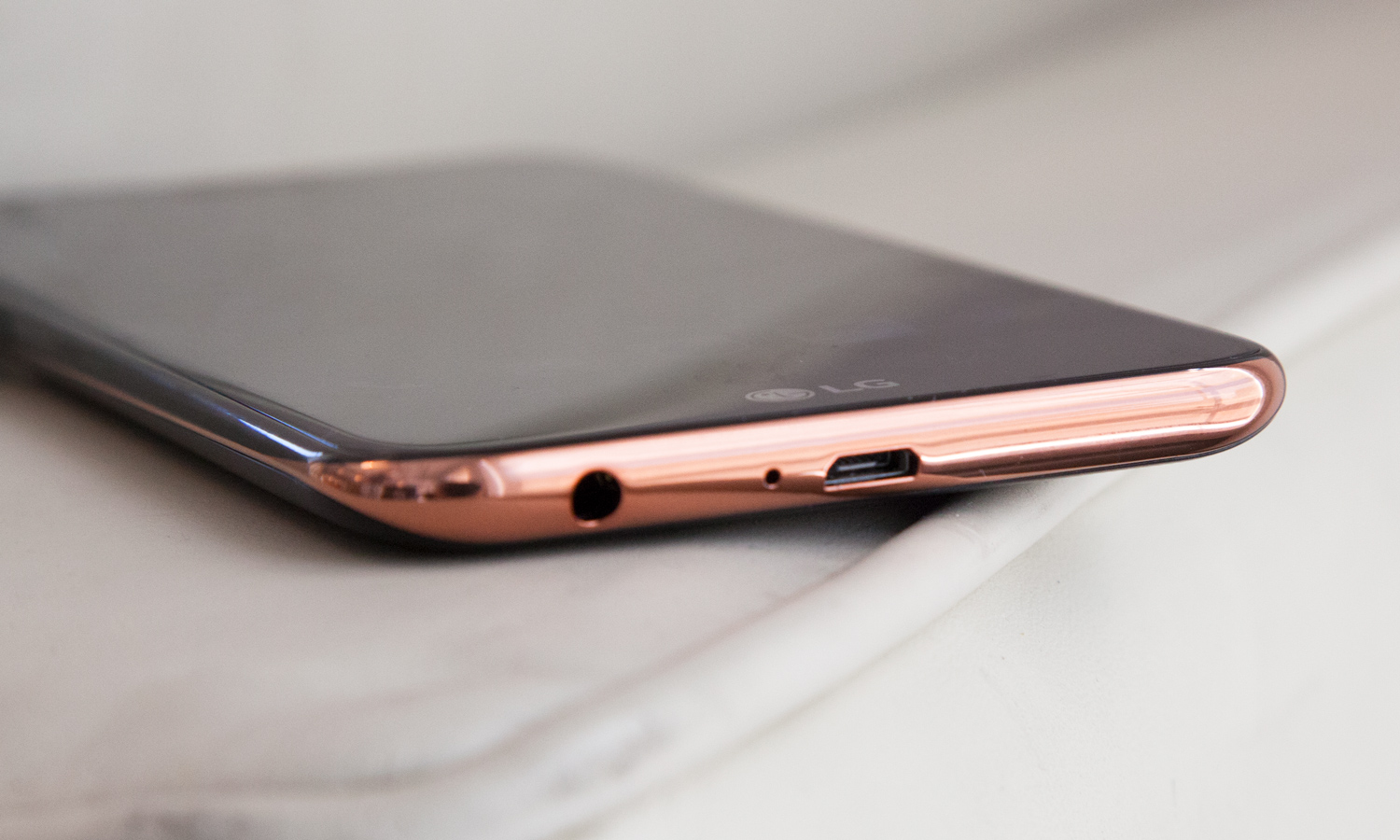
Otherwise, the K20 Plus looks like a smartphone — and about as plain Jane as phone design gets.
Display: Better Than Expected
On paper, the K20 Plus’ 5.3-inch HD (1280 x 720) display has an unimpressive set of specs. It’s not as sharp, bright or colorful as rival budget phones such as ZTE’s Blade Z Max and Moto G5 Plus.
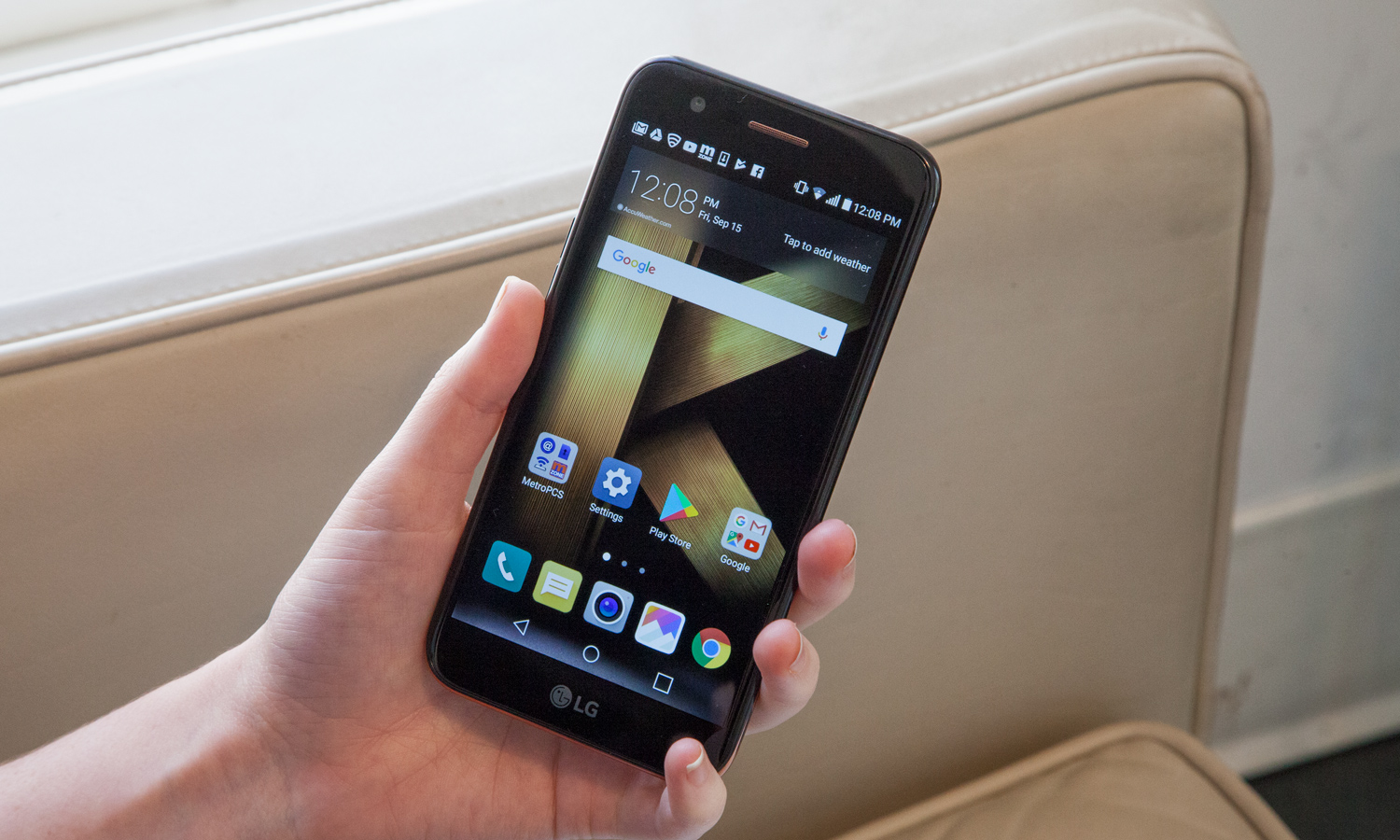
That color was clear when I watched Cardi B’s “Bodak Yellow” music video and the new trailer for Netflix’s latest Marvel series, The Punisher. I was expecting muddiness, but the K20 Plus allows colors to shine.
The K20 Plus’ screen reached a total brightness of 294 nits, well below the smartphone average of 433 nits. The screen is visible outdoors in bright sunlight if you need to respond to texts or emails, but photos and videos appear dim. The K20 Plus display covers only 75.1 percent of the sRGB spectrum; to put that in context, the Moto G5 Plus covers 106 percent.
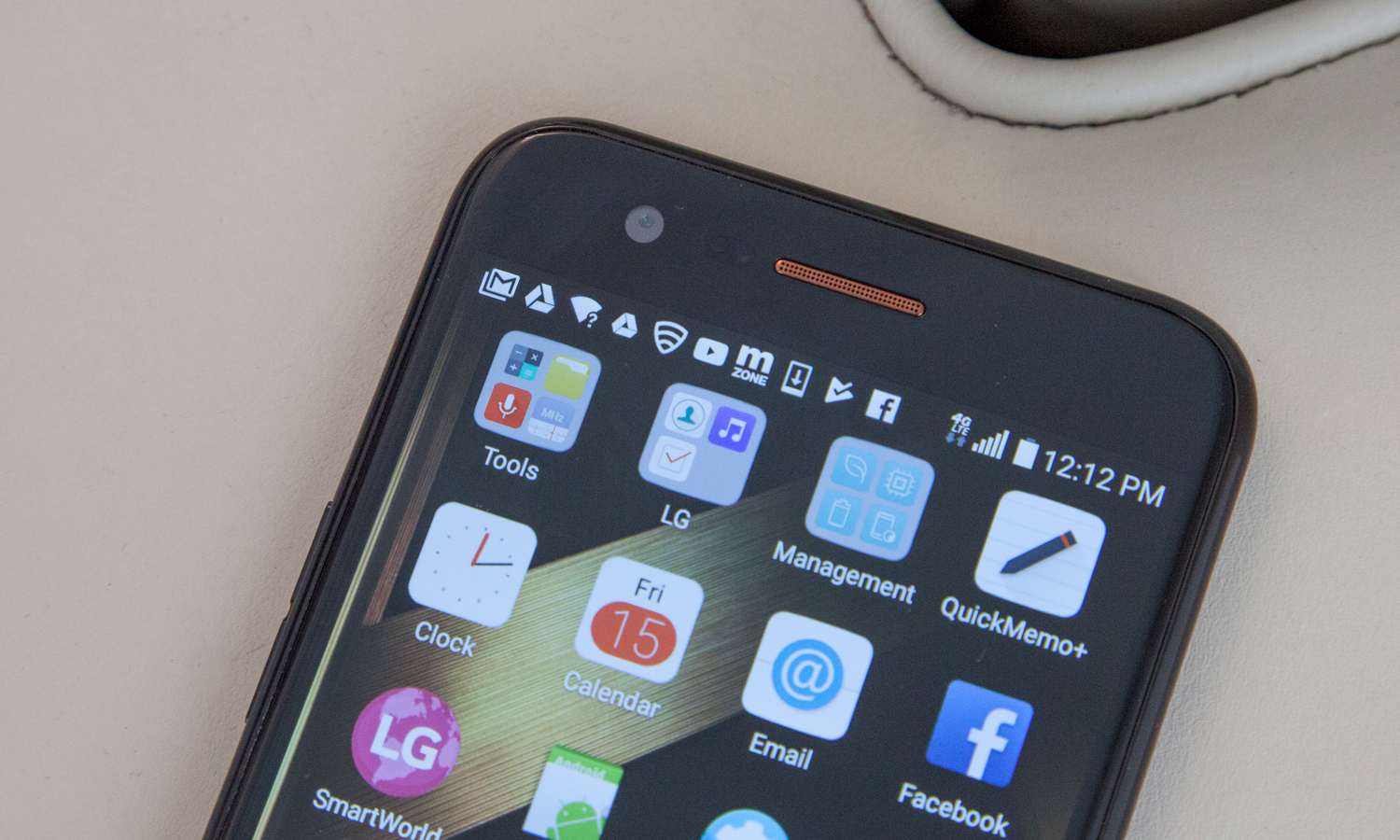
But the K20 Plus notched a Delta-E rating of 0.29 for color accuracy, which is extremely good for a phone at this price. (Numbers closer to 0 are better.) The G5 Plus scored a 0.94 and the Blade Z Max comes in at 0.70.
Performance: Poor Processing Power
The K20 Plus isn’t the most powerful phone you can buy for around $170. Far from it. The phone’s Qualcomm Snapdragon 425 scored a measly 1,682 in the GeekBench 4 test of overall system performance.
When I streamed YouTube videos on the K20 Plus, the colors were gorgeous, but it took at least 20 to 30 seconds for the video to stop buffering and come in clear over Wi-Fi.
Even the Moto E4 — no one’s idea of a speed demon — scored higher than the K20 Plus with 1,711 on GeekBench’s test. If you’re looking for a faster phone, the $299 version of the Moto G5 Plus sports a Snapdragon 625 CPU with 4GB of RAM that clocks in at 3,746 on GeekBench. (The Moto G5 Plus is also available for $229 unlocked — closer to the K20 Plus’ price — if you don’t need all that RAM.) Moto’s G5 Plus is also getting the latest version of Android, Oreo, which is something few other budget phones can claim.
MORE: Best Cheap Unlocked Smartphones
Sometimes performance scores don’t translate into actual user experience — some phones score lower than others but aren’t noticeably slower. The K20 Plus feels slow. When I streamed YouTube videos, the colors were gorgeous, but it took at least 20 to 30 seconds for the video to stop buffering and come in clear.
If you want to spend less than $100, ZTE’s Blade Z Max isn’t the best-performing phone with a Geekbench score of 2,595, but its Snapdragon 625 CPU is much faster than the K20 Plus, and it has a solid dual-lens camera with neat bokeh effects and a great 6-inch display.
Cameras: Overzealous Selfies
The K20 Plus features a 13-megapixel rear camera and 5-MP front-facing lens, both of which are perfectly capable of capturing clear, bright images. The rear camera is particularly solid, though there’s a lag between pressing the shutter and the image capture. There are no special features, or even manual controls, but for capturing basic shots, the K20 Plus is perfectly fine.
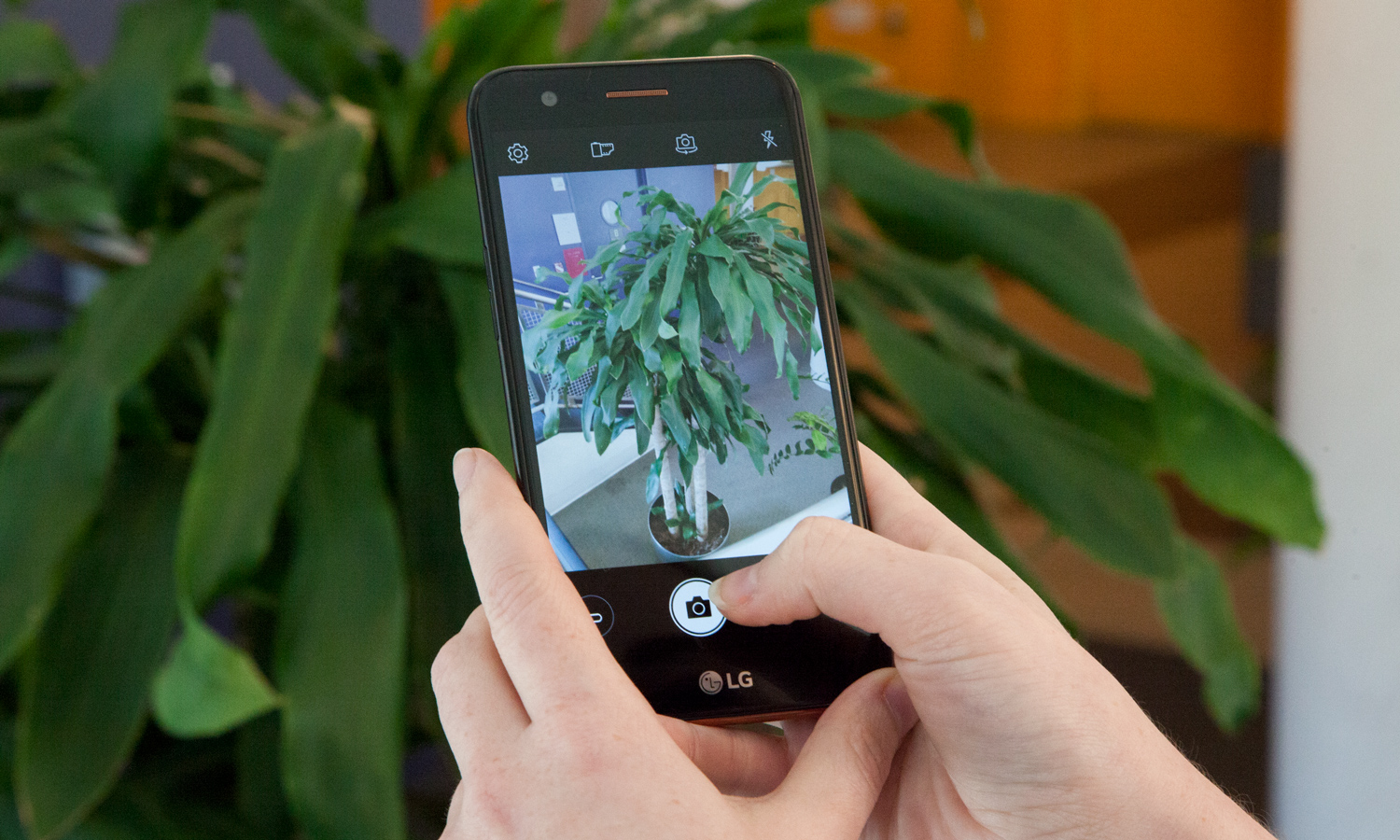
I captured the Manhattan skyline from my office building’s rooftop in glaring midday sunlight, and while it’s not the best photograph that’s ever been taken, the buildings and clouds are detailed and the sky is perfectly blue.

There is an option to add film-inspired filters to your photos, but there’s no reason to do this on the device when you’re just gonna upload these images to Instagram.
Even at its lowest setting, the K20 Plus’s front-facing camera made my skin look almost grainy, which made me never want to use the selfie cam ever, ever again.
The front-facing camera is no good, unless you like your phone to soften your selfies (or “beautify” them) for you. This effect smooths out your skin, removing lines and other so-called imperfections. It’s like Photoshop for your face, which seems kind of cool at first, but it looks completely unnatural.
My skin lost its skin-like texture and seemed as if I applied a heavy-handed blur tool. I happen to like my freckles, so this feature isn’t ideal. A slider overlaid on the camera preview lets you choose how soft you want your skin to look, but you can’t turn it off completely. Even at its lowest setting, the filter made my skin look almost grainy, which is bizarre, and made me never want to use the K20 Plus’s front-facing camera ever, ever again.
Battery Life: Solid
LG packed a 2,700 mAh removable battery in this device. Removable batteries are becoming increasingly rare in the Android world, but they’re incredibly useful you want to keep your smartphone chugging as long as possible since you can swap in a new battery whenever you want.
MORE: Smartphones with the Longest Battery Life
The battery itself clocked in at 9 hours and 43 minutes on the Tom’s Guide Battery Test, continuous websurfing over LTE on T-Mobile’s network. The average smartphone lasts 9:40, so the K20 Plus result is solid, particularly for such an inexpensive device.
Carrier: Limited Choice
LG made the K20 Plus exclusive to T-Mobile and its prepaid subsidiary, MetroPCS. If you don’t use either wireless carrier and don’t plan to, the K20 Plus is a no-go.
MORE: T-Mobile vs. MetroPCS
But if you are thinking of switching, MetroPCS is offering the K20 Plus at the discounted rate of $99 (down from $169). MetroPCS uses T-Mobile’s network, which is one of the fastest in the country. We also rank MetroPCS as the top discount carrier, though it fared poorly in our customer-service testing.
Bottom line
LG’s K20 Plus is a fine phone, but it’s not future-proofed — it has a microUSB port for charging instead of the more common USB-C, and there’s no indication the phone, currently running Nougat, will be upgradable to Android Oreo anytime soon.
You can get a faster, more powerful device with better display and a dual-lens camera such as the Blade Z Max for slightly less money than the K20 Plus, which is mainly appealing if you can get the phone for a discount, like MetroPCS’s $99 offer.
Specs
Display: 5.3-inch 1280x720 LCD
OS: Android 7
CPU: Snapdragon 425
RAM: 2GB RAM
Storage: 32GB (expandable up to 2TB)
Cameras (Rear/Front): 13-MP / 5-MP
Size and Weight: 5.85 x 2.96 x 0.31 inches, 4.94 ounces
Battery Life: 9:43
Caitlin is a Senior editor for Gizmodo. She has also worked on Tom's Guide, Macworld, PCWorld and the Las Vegas Review-Journal. When she's not testing out the latest devices, you can find her running around the streets of Los Angeles, putting in morning miles or searching for the best tacos.
